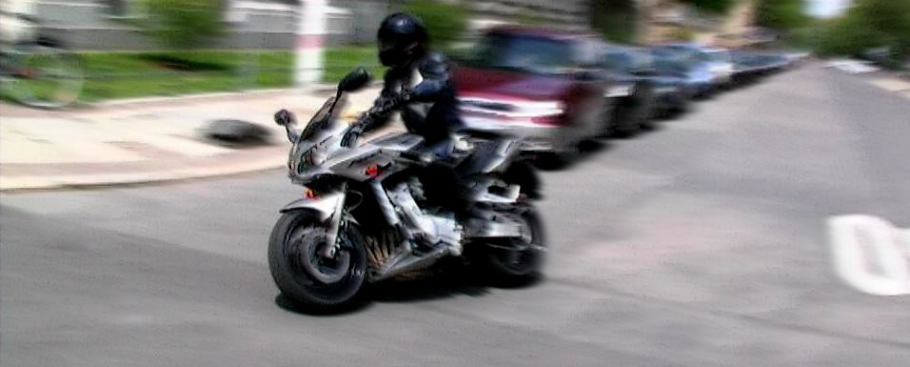
About me
To be able to understand and translate engineering documents, a translator should think like an engineer.
Raised in an engineering-friendly family (my father was an electrical engineer), my childhood gave me the privilege of driving a four-wheeled vehicle with an amazing top speed (but no brakes), building derricks and various types of transmissions (with real metal, nuts and bolts and solid brass gears), and acquiring an early sense of how things work. As a teenager I designed and built model ships (all wood, no prefab plastic parts except for small fittings), and helped my father (also a model railway enthusiast) to build vast and technically sophisticated model railway layouts. As a result, I was familiar with the elements of mechanics, with electric circuits, tools and processes such as soldering well before I reached the age of 18.
That was the age I decided to become a technical translator. To pursue this goal, and as I had to do military service anyway, I enlisted for a three-year officers’ training program in the maintenance branch of the ordnance corps of the German army as this provided a solid foundation in automotive technology and maintenance as well as in the fundamentals of mechanical engineering. Also included were engineering drawing and practical shop skills such as forging, welding, turning and milling, as well as drivers’ licenses for all kinds of motor vehicles including battle tanks. Driving a battle tank (in times of peace) is, by the way, an unforgettable experience.
My license to drive heavy trucks and semis proved useful not only as a way to finance my translation studies after the army, it also provided helpful insights into the world of logistics, hauling and the trucker scene. Being able to operate fork lifts and shovel excavators may not be practically useful on an everyday basis, but can be valuable when translating technical texts.
During my four years of translation studies at University of Mainz/Germersheim I particularly absorbed the lectures on mechanical and electrical engineering (given by Dipl.-Ing. Torka) in addition to all the technical translation classes in German-English and vice versa. As a source of side income I translated articles on new automotive engineering developments for the leading German motoring journal auto motor und sport. A highlight here was my interview with Peter Morgan in Malvern Link and the breathtaking experience of driving a Morgan Plus 8.
Upon graduation as a Diplom-Übersetzer (equivalent to a M.A. in translation studies) in 1974, I was hired as a permanent staff translator by Babcock Brown Boveri Reaktorbau, Mannheim, an architect engineer company specializing in PWR nuclear power plants. In this high-tech environment, and surrounded by German and American engineers from all disciplines, I translated the widest scope of technical texts imaginable, ranging from IOMs, technical reports, site reports, proposals, contracts, specifications, operator manuals and marketing material through to scientific papers and patents. Most of this translation was from German into English, because the main challenge was understanding the source texts. The texts themselves covered the whole span of project development, from seismic site analyses and construction site preparation through all phases and trades of a huge and complex power plant project, and going right up to commissioning and startup procedures. This is where I learned how to think like an engineer.
In 1980 I was offered a permanent teaching position for technical translation and terminology at my former alma mater, Universität Mainz/Germersheim, and I accepted. In 1997, after my doctorate and post-doctorate lecturing qualification (“Habilitation”), I was appointed Full Professor at Universität Leipzig. My teaching included introductions to terminology science and fundamental engineering terminology, courses on engineering drawing, practical automotive workshops, and seminars on technical translation. The latter covered areas such as automotive technology, nuclear power engineering, wind energy, solar energy, processing of thermoplastics, and robotics. Training texts used were real-life texts of all relevant text types.
At the same time I continued to work as a technical translator; almost exclusively for corporate clients, most notably BASF, BBR, Chrysler and MBB. Needless to say I have continued to invest in my own ongoing education and professional training, including subscribing to and reading the most influential technical journals and newsletters in both my working languages. In addition to that I use every opportunity to see engineering in the field, e.g. by visiting production plants, and attend industry fairs.
Of course, maintaining and improving translation competence also requires frequent cultural studies in the relevant locales, in my case with a focus on anything related to technology and engineering (which covers practically all aspects of life). For example, I take care to rent a wide variety of cars to keep up to date on what’s out there on and off the roads.
A side effect of these activities has been over one hundred publications related to technical translation, including several German/English technical dictionaries. Bestsellers are my Langenscheidt Technical Dictionary in its printed concise edition and the comprehensive online edition which is updated regularly and covers over 500,000 terms. My mission to enhance the quality of technical translations manifests itself in my Handbuch Technisches Übersetzen.
As you would expect, I am also member of several relevant professional associations.











